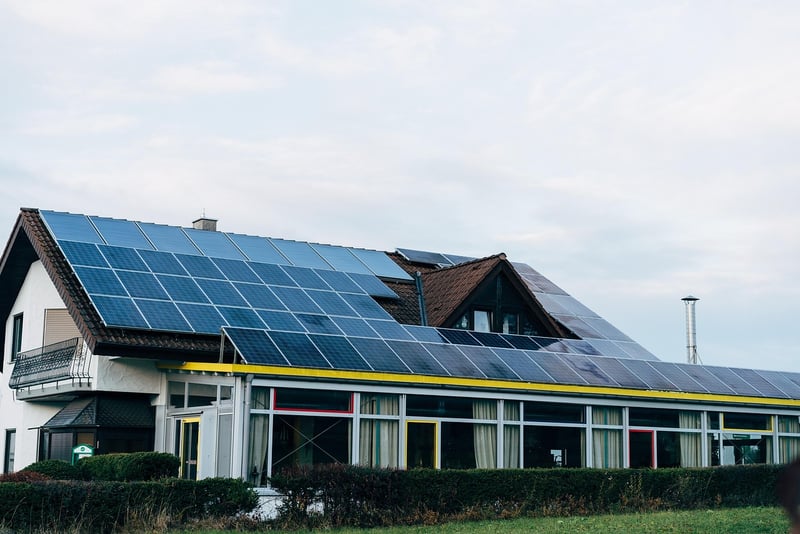Sustainable Living
Establishing Human Outposts: A Sustainable Living Approach

In the quest for exploring new frontiers and expanding our reach beyond Earth, establishing human outposts on other celestial bodies has become a topic of increasing interest. However, the sustainability of these outposts is crucial for their long-term viability and success. Let's explore how a sustainable living approach can be implemented in human outposts.
1. Renewable Energy Sources
Utilizing renewable energy sources such as solar, wind, and hydroelectric power can provide a reliable and sustainable source of energy for human outposts. This not only reduces reliance on finite resources but also minimizes the environmental impact of energy production.
2. Closed-Loop Systems
Implementing closed-loop systems for water recycling, waste management, and food production can help create a self-sustaining ecosystem within the outpost. By recycling and reusing resources efficiently, the outpost can minimize its dependence on external supplies.
3. Sustainable Agriculture
Establishing sustainable agriculture practices such as hydroponics and vertical farming can enable the production of fresh food in a controlled environment with limited space and resources. This ensures a stable food supply for the inhabitants of the outpost.
4. Efficient Resource Management
Efficient management of resources such as water, oxygen, and minerals is essential for the sustainability of human outposts. Implementing technologies for resource monitoring, conservation, and optimization can help extend the lifespan of the outpost.

5. Environmental Protection
Preserving the natural environment of the celestial body where the outpost is located is vital for maintaining ecological balance. Strict environmental protection measures should be in place to minimize human impact on the local ecosystem.
6. Community Engagement
Promoting community engagement and participation in decision-making processes within the outpost fosters a sense of ownership and responsibility among its inhabitants. Collaboration and cooperation are key for the sustainable development of human outposts.
Conclusion
By embracing a sustainable living approach that encompasses renewable energy, closed-loop systems, sustainable agriculture, efficient resource management, environmental protection, and community engagement, human outposts can thrive in harmony with their surroundings. Building a sustainable future beyond Earth requires a collective effort and a commitment to responsible stewardship of our newfound frontiers.
